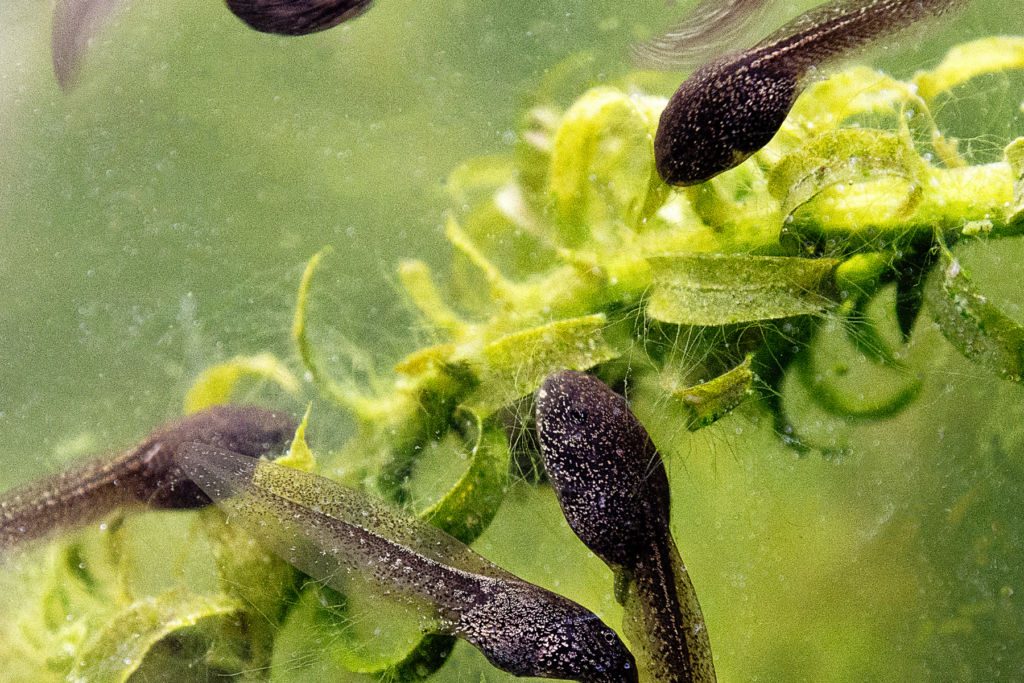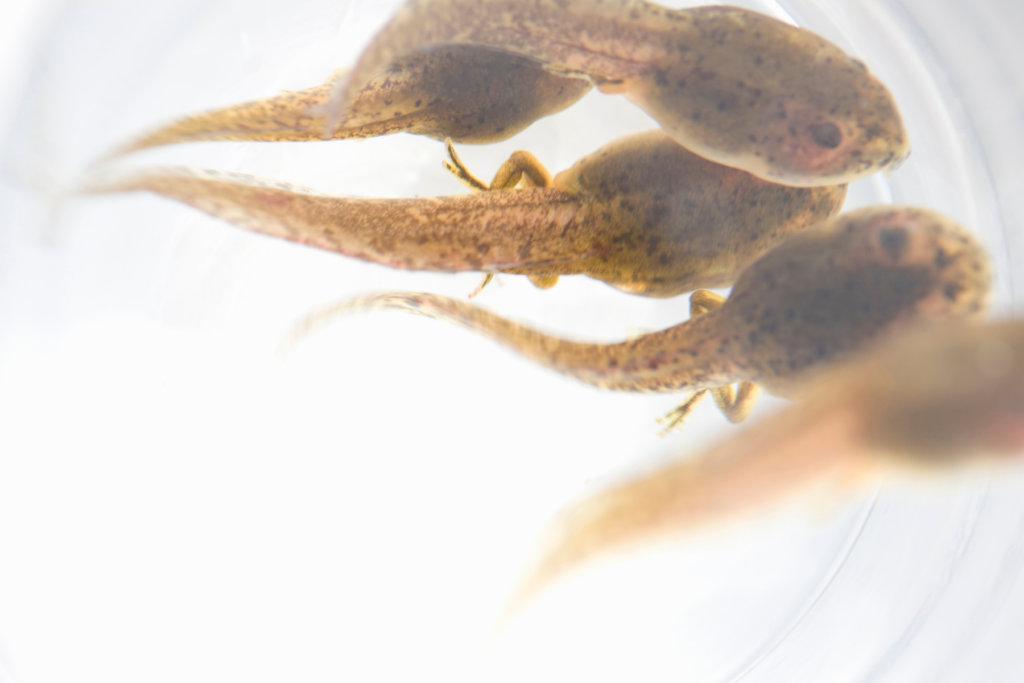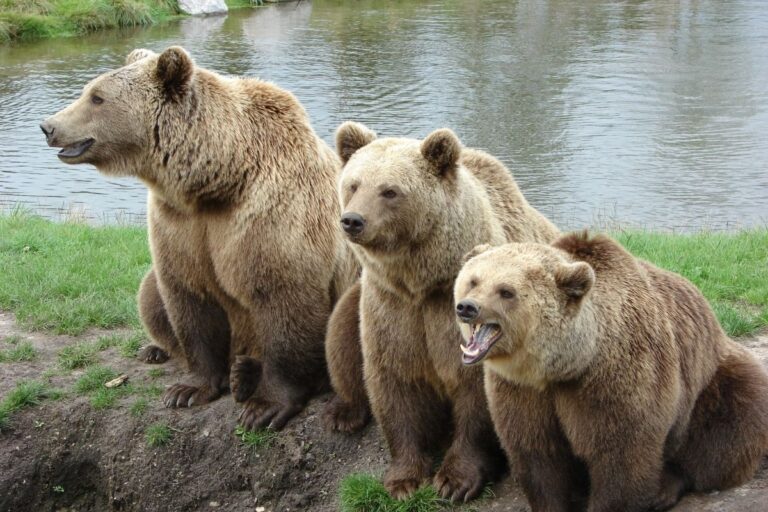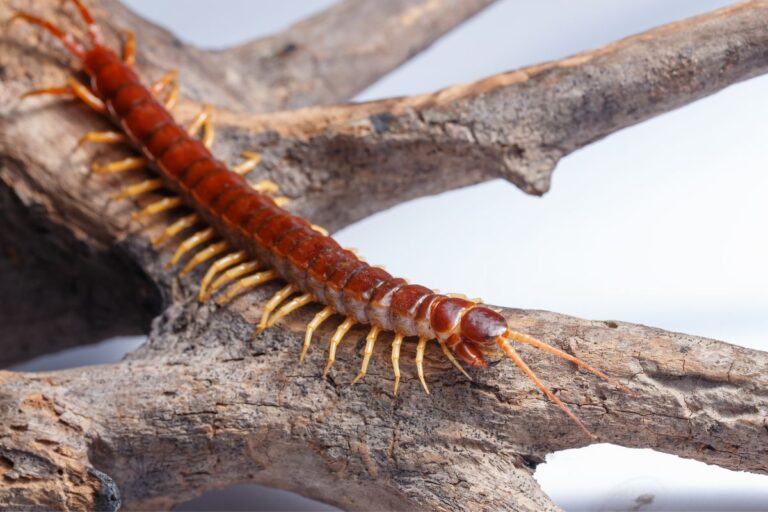What Do Tadpoles Eat?
Last Updated on January 26, 2022 by
As kids, we’re taught the basics of the frog’s life cycle. If you’ve ever raised them as pets, you know that it’s much harder than it looks to raise tadpoles.
Frogs spend many weeks growing before they reach maturity. In order to grow, tadpoles need to find food to get enough energy.
As they age, their appearance and diet will also change. As a result, it can be difficult to maintain their needs as they continually change. For beginners, it is best to keep them with people who have experience keeping fish.
As they grow, different nutrients become more important, so it’s important to feed them the right foods at the right time.
As herbivores, their diets are quite simple, but as they grow and develop into omnivores, they become more complicated. When they become a frog, their diet will almost exclusively consist of meat.

What Do Tadpoles Eat?
The majority of tadpoles are fully aquatic, but there are some that are semi-terrestrial.
Usually, they are found in ponds and lakes where algae and plants surround them, protecting them from predators.
Each species prefers a slightly different environment. Waters between 40 and 75°F host colder species. When the water is kept at the higher end of this range, its growth rate increases, but if it gets too hot, it can be harmful.
As with many freshwater animals, tadpoles are omnivorous for most of their lives. It’s common for them to eat vegetation, dead insects, water striders, and sometimes small fish. After becoming frogs or toads, their diet changes again, becoming almost exclusively carnivorous.
As a result of the wide range of food available, we still do not know everything tadpoles eat in the wild.
However, they do not begin life as omnivores. During hatching, they feed on the yolk sack of their eggs, which contains a high amount of protein to help them grow rapidly. When the yolk is finished they need to find food themselves.
As the newly hatched babies are small, they cannot find other animals that are small enough to eat. Therefore they will just eat algae instead. When they’re young, tadpoles have a long coiled intestine which is specifically designed for extracting proteins and calcium and digesting vegetation.
As they begin to grow, they can move onto plant stems/leaves and then start to manage small insects.
Once they become mature tadpoles, they will eat almost anything they can fit into their mouths. This will help them to find as much food as possible so that there is more energy available for faster growth.
What Do You Feed Tadpoles In An Aquarium?

To keep tadpoles healthy and ensure that they are fed regularly, their aquarium needs to resemble their natural habitat as closely as possible. Luckily, they are able to survive in various water parameters, but a pH of 6-8 is ideal along with slightly hard water. As with any tank, keep nitrates as low as possible.
You do not need a strong current because the ponds they live in are usually still. It’s easier for pollutants and algae to build up in the water when there’s no movement, so ensure you are keeping your tank clean and do water changes weekly to keep the tank healthy and to dispose of nitrates.
Additionally, it is important to add plants to the aquarium as they perform a host of useful roles. They keep the water clean, act as a secondary food source and give the tadpoles a secure area to hide.
If the tadpoles have somewhere they can hide, this makes them become more comfortable in the tank and will be less likely to refuse food.
It’s important to remember that they will feed on the tank’s plants, so prepare for them to take some damage. Fast-growing plants, such as hornwort, will be more likely to survive.
Ensure you keep an area of the tank above the water’s surface so that when they grow legs, they are able to climb out.
You can also use large rocks or an area of substrate reaching above the surface of the water, similar to a shoreline. If you do use rocks, ensure they are secure and unlikely to move when they move on and off.
As frogs frequently jump, you may want to keep the water level low and use a deep tank.
The food you feed them will depend on their maturity. Babies will be happy with store-purchased fish foods, especially flake foods as they’re easy to break up. Some stores will even sell foods specifically made for tadpoles.
As tadpoles get older, the size of the food can increase, so you can begin to introduce larvae and dead insects to their diet. If they do not eat these foods, then the tadpoles may not be ready and you should try again the following week.
Once they are around 3-4 weeks old, you should start to introduce these foods. Protein is especially important at this age as it is a vital resource for growth. This will help to start the process to eventual metamorphosis which is when they turn into a frog or toad.
Protein is most important whilst they develop their legs which are between 5 and 9 weeks old. During this period, gradually add more animal matter to their diet to ease them into the carnivorous frog lifestyle.
One hour after they have been fed, check the tank to see if all the food has been eaten, If not, scoop the leftovers out to prevent it from decaying and polluting the water.
List Of Foods That You Can Feed Your Tadpoles
Now that you understand the life of a tadpole and their go-to food groups, here is a full list of foods that you can feed your tadpole:
- Aphids
- Boiled eggs
- Fish food flakes
- Fish food pellets
- Fruit
- Fruit Flies
- Algae wafers
- Bloodworms
- Crickets
- Green vegetables
- Homemade fish food
- Insect larvae
- Mealworms
- Small fish

Final thoughts
By now you should understand that the foods you give to your tadpoles will change based on their age.
Plants and algae are suited for newly hatched babies, whilst older species enjoy animal matter such as worms or insects.
Although the dietary needs of a tadpole may seem intimidating, they eat similar foods to fish, and a lot of this food can be found in your home.







